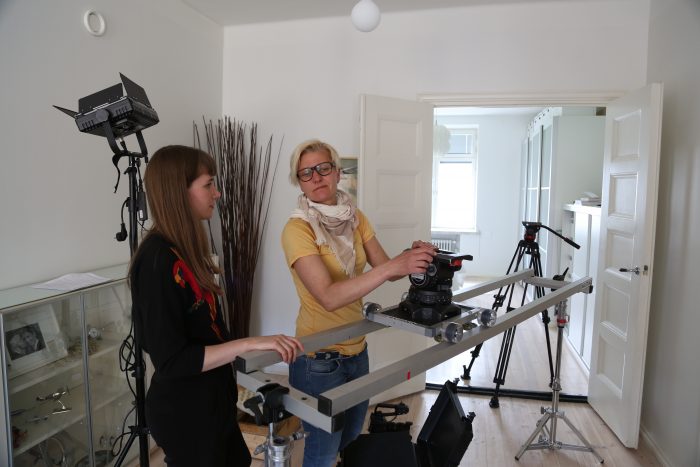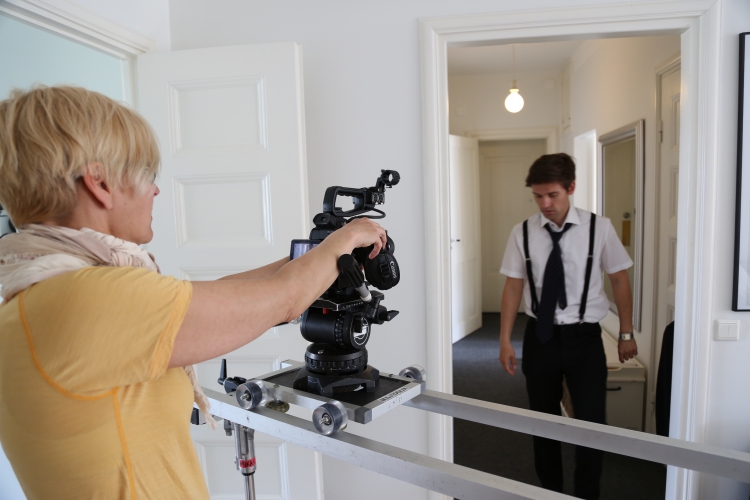Using film as a medium allows to tell stories from different perspectives. The videos not only give facts about the educational careers of the learners and adult educators, but also show the emotional and inspirational side of adult learning.
As the final result of the Live and Learn project, they will serve both as a practical tool for adult education professionals and as an advocacy tool for adult education advocators.
Sharing good practices on filmmaking
While the videos are being finalised, the project partners have collected their experience with shooting videos and have made a few recommendations for all those that would like to use videos as a form of story-telling themselves.
1. Prepare it carefully
- Prepare in detail your questions to the protagonist and think about anything that might be relevant. It is important to have a lot of different aspects of the professional and personal life of the protagonist covered in the interview. She/he may not give the answers you expected to build the video on. On the other hand something different and much better may turn up. Most important: There is no going back. If you think of something to ask later, the camera team will have let already (in case you have a professional camera team).
- Prepare a detailed time schedule for the days/time with the camera team, but leave some space for new ideas.
- Collect ideas for the “100% footage”. That is those pictures that are not the interview itself, but serve to illustrate the life of the protagonist. This is important to make a lively and interesting video. Discuss this footage also with the director before the video shooting.

Karoliina Knuuti and Ditte Uljas film the Live and Learn videos.
2. Conduct the interview
- Make sure that the answers of the protagonist can speak for themselves – not just fully or partially affirming the question like “yes, that is right”. According to the standard format, your question will not be included, so nobody will know what you asked.
- If the protagonist is talkative and lively, find a way to make him or her pause for a few seconds between sentences or at least when moving on to another point. You can ask him or her to repeat, but not too often. The interview needs to stay interesting for the protagonist.
- Do not “talk over” when the protagonist is speaking, like “yes”, “right” or other affirmative sounds that are normal in a social conversation. The answers of the protagonists need to be clear and distinguishable.
3. Foresee enough time for editing
- Beware that the editing process is a time consuming task, even if you have previous experiences.
- Make structured notes with seconds and detailed content description already at you first or second view. It will help when your start picking the parts you want to use for the video; also when you do the translation. If you work with a professional video producer, this will also facilitate the communication.
- Make some sharp – and difficult – decisions on priorities as soon as possible. Which parts of the story do you want to tell, and what is possible to tell in a given time?
The videos will be launched at the Annual Conference of EAEA on 29 June and will later also be available online – stay tuned!
Text: Raffaela KihrerPhotos: Karoliina Knuuti, Markus Palmén

